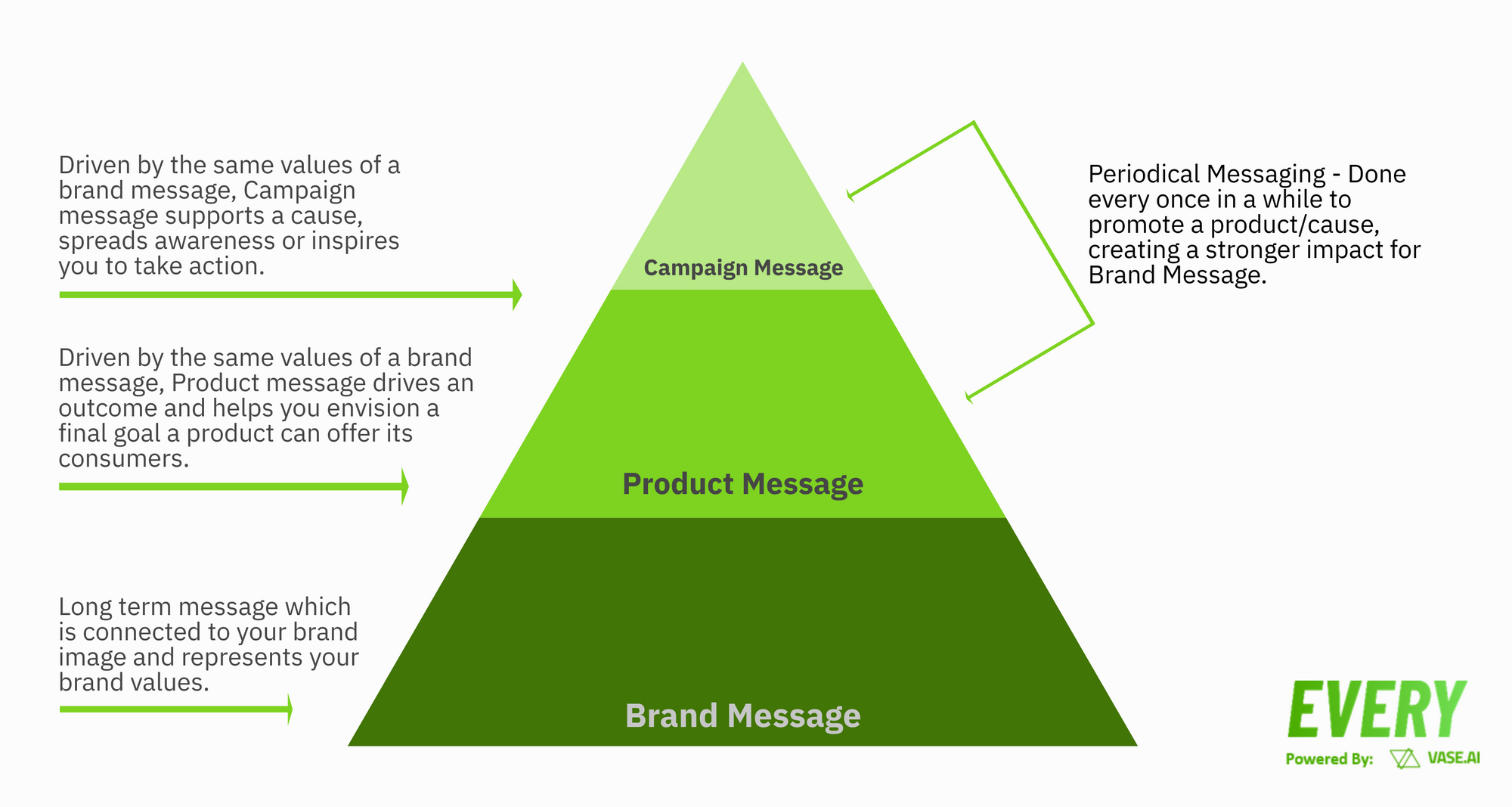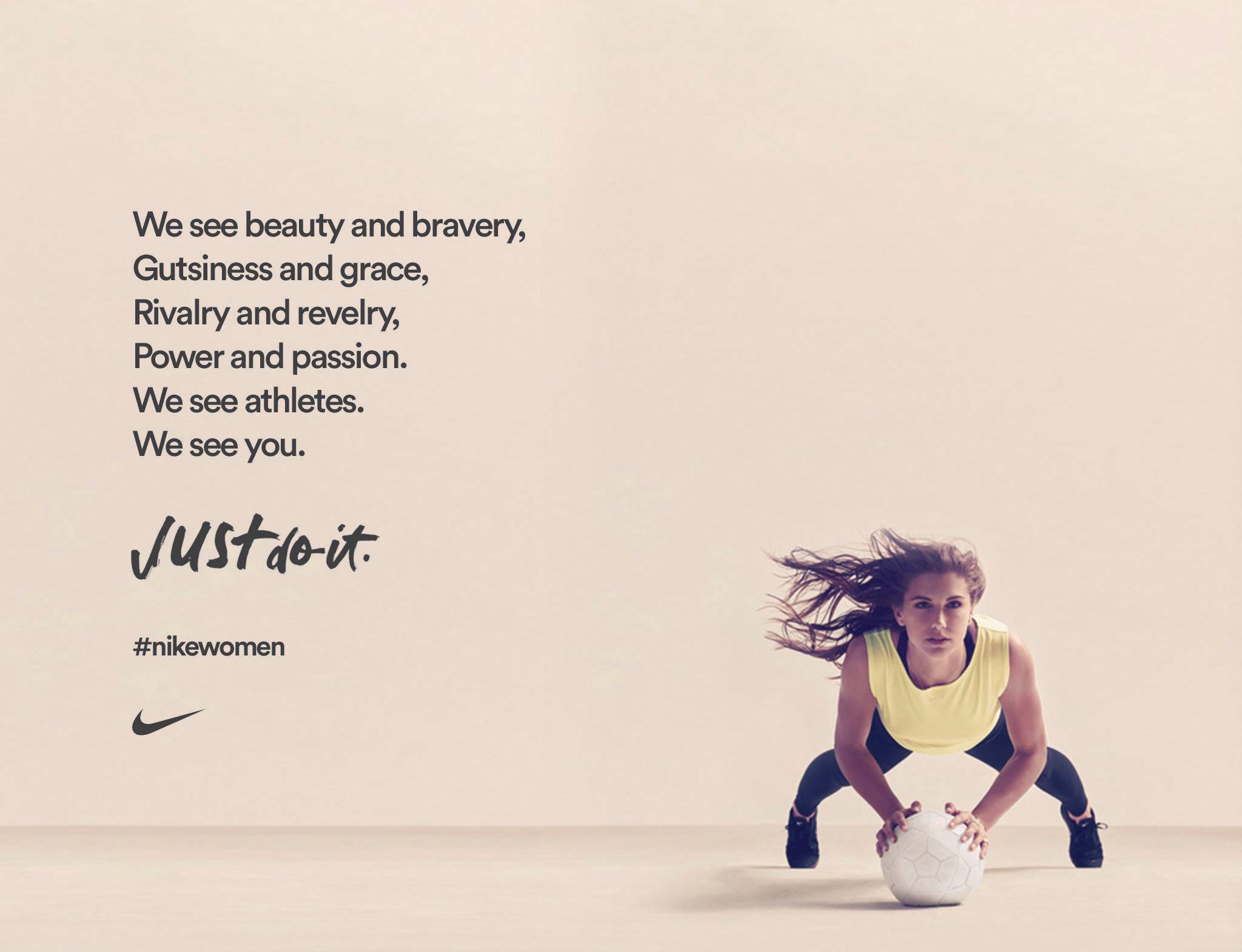Prior to 18 March 2020 or what some of us call the Pre-COVID-19 days, none of us could imagine a life where our movements need to be limited and businesses having very limited opportunities to market themselves. Many of us were not equipped to instantly combat nor face this challenge. Fast forward to only two months in, we saw some collapse, some struggle to navigate through this new normal, while some thrive to success. Now more than ever, brand transformations need to take place.
Your words can create an impact or go unnoticed. Whether you’re creating your brand tagline, product tagline, or a campaign message, it can be a challenge to know what resonates with your target consumers and what may fall short. A quick search on the internet will show you how many brands are unable to get this right, paraphrasing Inc.com, “nearly any idea can sound great in the boardroom”.
Culture and consumers are changing faster than ever, and the only way to make sure you get your messaging right, is to ask, uncover, and understand what consumers think - during the ideation process, production process, and delivery process. As a Consumer-First marketer, we should always aim to:
✔️ Uncover Every Possibility
✔️ Diminish Every Assumption
✔️ Discover Every Truth
Ideally, your brand has two types of messages it frequently delivers to consumers. The first is a tagline you want your consumers to identify your brand with and have a timeless emotional connection. The second is a more short term message which likely coincides thematically with your long-term message with a potential to be diversified.

Let’s take a look at some examples of these messages and what value both can bring for your brand.
For a very long time now, Nike’s “Just Do It” is an excellent example of a timeless brand message which inspires & motivates consumers to be an athlete. The motto strays from promotions of its products of any sort. It instead appears as an inspirational message for consumers. With this, the brand will forever be connected with an uplifting tone, making Nike an excellent example of a humanised brand.

Nike often ties its brand message to its products, aiming to invoke the thriving emotion consumers feel when using their products. Nike's new sneakers, the Nike ZoomX Vaporfly NEXT% uses words such as "the fast you've never seen—or felt—before", claiming to be the fastest shoes Nike has ever made. The product description here creates a grander "need" over "want", as it molds a mindset of enhancing the user's speed, thus creating necessity.
Nike’s “Dream Crazier” campaign is a continuation of its 2018 "Dream Crazy" campaign which featured former NFL player Colin Kaepernick. The latest campaign sheds light on the challenges women athletes face in a male-dominated world. While breaking barriers, women still face insults and spend time defending their actions. By understanding consumer trends, Nike received support from both genders for sharing the message.
With these examples in mind, remember these three types of messaging which play integral roles for your brand:
Brand Message: A timeless message tied to and wholesomely associated with your brand.
- Think long-term
- Creates and drives perception
- Derived from your brand purpose
- It is lived and reinforced over time
Product Message: Associated to your brand message through products or services that promise an ability or an outcome.
- Focuses on the ability to achieve an outcome (e.g increase speed)
- Shares its unique differentiation within the market
Campaign Message: Derived from the emotions the brand and product message inspires, a campaign message may include a movement or aim to spread awareness.
- A periodic approach used as a method to deliver brand values
- May promote a specific service/product to increase purchase, or something intangible (e.g women empowerment), to drive brand love
- May leverage on current events, and a change in consumer perception
A large part of brand-building is to connect with consumers on an emotional level and make them feel the right things. It is important to be clear about what kind of feeling you want your message to evoke. There is also the question of the lifestyle you want to promote, and if your language, jargon, tone and length of the message fits the personalities and behaviors of your target audience.
In the ideation stage, you will need to learn your consumers' likes and dislikes and how they are currently solving them. Your focus will be to understand consumers' main concerns when performing certain tasks/activities, the challenges they face performing this task/activity and setbacks they currently experience when performing the tasks/activity. You can then emphasize this in your messaging and promote your solutions.
Our next article will share how you can curate your message to reach the right people, ways you can evaluate your messaging and metrics you can use to measure the effectiveness of brand message or tagline.

